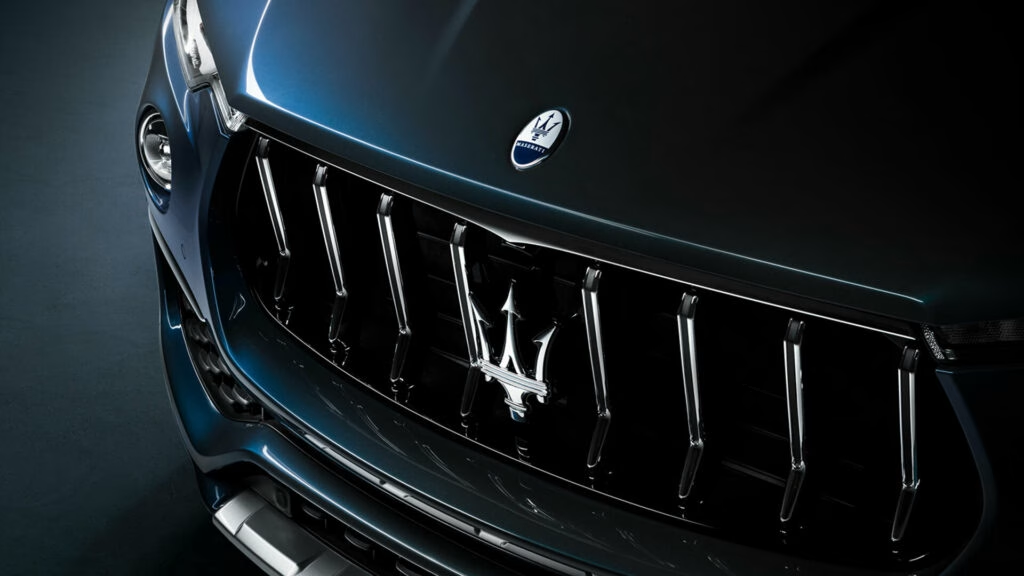Why Is Maserati Struggling Right Now?
Maserati, once the darling of Italian luxury performance, is facing a tough road. The brand has seen its lineup shrink dramatically—models like the Ghibli, Levante, and Quattroporte have all been discontinued. What’s left? The Grecale SUV, which many critics argue is overpriced, and a handful of sports cars. Not exactly the robust portfolio you’d expect from a marque with Maserati’s pedigree.
This wasn’t the plan. Maserati had ambitious projects in the pipeline, including a new Quattroporte. But in 2023, development hit the brakes. Parent company Stellantis pulled a massive $1.6 billion investment, casting real doubt on Maserati’s future. According to industry reports, this move left Maserati scrambling for a lifeline, with insiders and fans alike wondering if the brand could even survive the next few years.
Could Closer Ties With Alfa Romeo Be the Answer?
Here’s where things get interesting. Maserati and Alfa Romeo, two storied Italian brands under the Stellantis umbrella, might be heading for a closer partnership. The idea? Share platforms, engines, software, and electronics to cut costs and speed up development. It’s not just a rumor—Santo Ficili, CEO of both Alfa Romeo and Maserati, has openly discussed “synergies” between the brands.
What does this look like in practice? The next-generation Alfa Romeo Giulia and Stelvio are being eyed as the basis for Maserati’s future Quattroporte sedan and Levante SUV. Both Alfas are set to ride on the STLA Large platform, which also underpins models like the Dodge Charger and Jeep Wagoneer S. By leveraging this architecture, Maserati could bring new models to market faster and more affordably.
Will Maserati Go All-Electric, or Stick With Hybrids?
Originally, Maserati planned for the next Quattroporte to be electric-only. But the market’s not quite ready for that leap—at least, not Maserati’s core buyers. Ficili admits that customers are “a bit confused” by the dizzying array of choices: hybrids, plug-in hybrids, and full battery electrics. The takeaway? Maserati is rethinking its approach.
Instead of going all-in on electric, Maserati is now considering a mix of mild-hybrid (MHEV), plug-in hybrid (PHEV), and electric powertrains. This mirrors what Alfa Romeo is doing with the new Giulia and Stelvio, which will offer gasoline, hybrid, and electric options. The flexibility makes sense, especially as global EV adoption rates remain uneven. According to the International Energy Agency, EVs made up about 18% of global car sales in 2023, but luxury buyers in key markets like the US and Europe still want choices.
What Are the Risks of Sharing Platforms With Alfa Romeo?
Sharing platforms and technology is a double-edged sword. On one hand, it slashes development costs and gets new cars on the road faster. On the other, there’s a real risk that Maserati and Alfa Romeo could become too similar. Just look at the Alfa Romeo Tonale and Dodge Hornet—two vehicles that are nearly twins under the skin.
Ficili is well aware of this pitfall. He insists that Maserati and Alfa Romeo must remain distinct, even if they share “platforms, electronic architectures, software and probably powertrains.” The challenge is to maintain Maserati’s unique character—think design, driving dynamics, and luxury appointments—while benefiting from shared resources. It’s a tricky balance, but not impossible. Porsche and Audi have pulled it off with their electric Taycan and e-tron GT, which share a platform but feel worlds apart in execution.
How Could This Strategy Change Maserati’s Future?
If Maserati pulls this off, the benefits could be huge. By tapping into Alfa Romeo’s development pipeline and the STLA Large platform, Maserati can launch new models faster and at a lower cost. That’s critical for a brand that’s lost momentum and market share. It also means Maserati can offer a broader range of powertrains, appealing to buyers who aren’t ready to go fully electric.
But the real magic will be in the details. Maserati needs to double down on what makes it special: Italian flair, bespoke interiors, and that unmistakable exhaust note. If it can deliver those qualities on a modern, efficient platform, the brand could stage a comeback.
The big takeaway? Maserati’s next chapter isn’t about perfection—it’s about smarter adjustments. Start with one bold move—like a hybrid Quattroporte that feels every bit a Maserati—and you’ll likely spot the difference by month’s end.

